Home>Garden Essentials>How Deep Should Seeds Be Planted
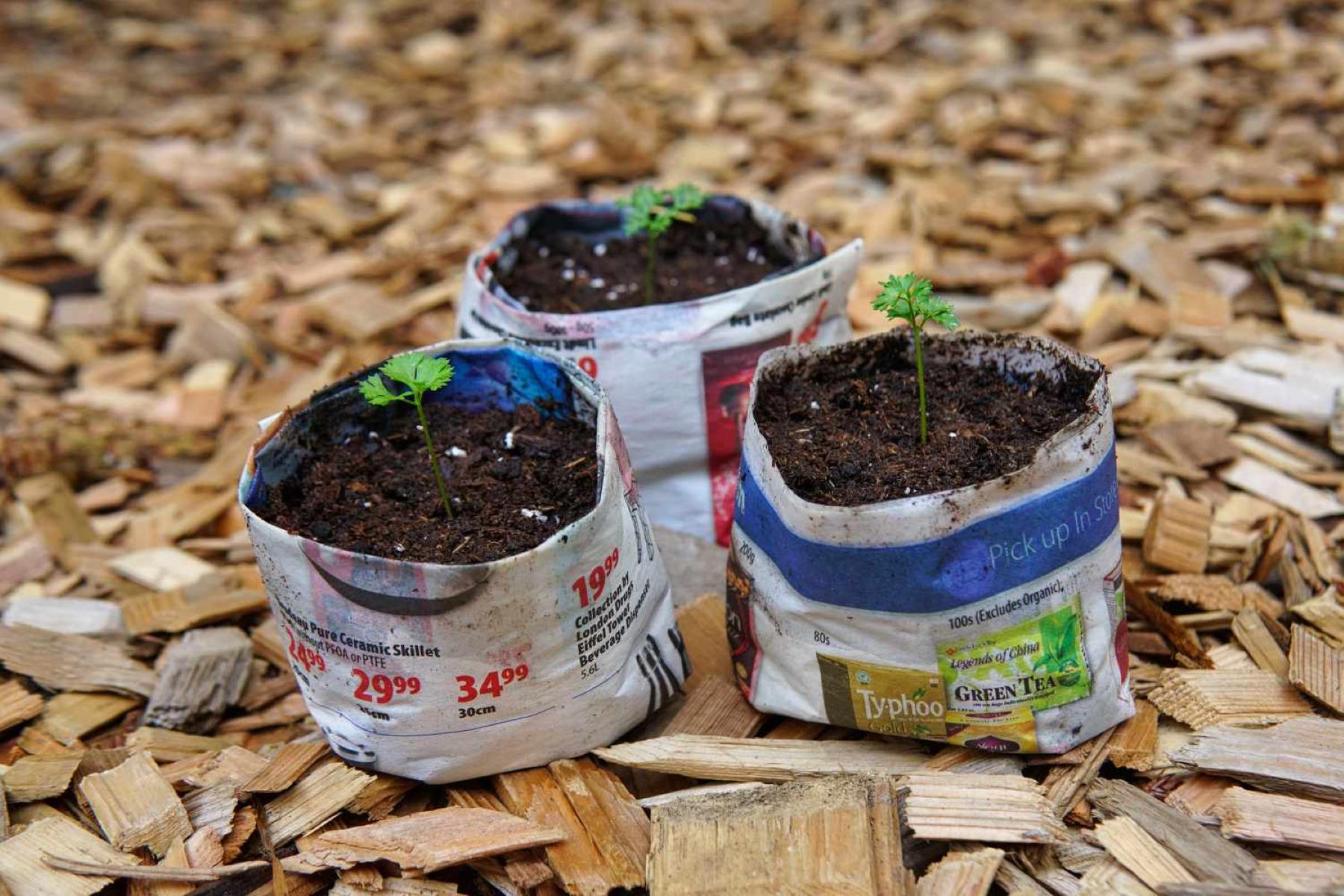

Garden Essentials
How Deep Should Seeds Be Planted
Modified: March 16, 2024
Learn the optimal depth for planting garden seeds to ensure healthy growth and maximize your harvest. Discover the secrets to successful seed sowing today!
(Many of the links in this article redirect to a specific reviewed product. Your purchase of these products through affiliate links helps to generate commission for Storables.com, at no extra cost. Learn more)
Introduction
Planting seeds is a fundamental step in growing a successful garden. While it may seem like a simple task, the depth at which seeds are planted plays a crucial role in their germination and overall growth. Finding the optimal planting depth for each type of seed is essential for ensuring healthy and robust plants.
Before delving into the specifics of seed planting depths, it’s important to consider a few factors that can influence the decision. One such factor is the size of the seed. Generally, larger seeds can be planted at a deeper depth, while smaller seeds require a shallower planting depth.
Another factor to consider is the soil type. Different soil types retain moisture differently, which can impact seed germination. Sandy soils, for example, tend to dry out quickly and may require seeds to be planted slightly deeper to ensure they receive enough moisture. On the other hand, clay soils hold moisture better and may necessitate shallower planting depths.
Sunlight exposure is another crucial consideration. Some seeds require direct sunlight for germination, while others prefer partial or even complete shade. Knowing the light requirements of the seeds will help determine the ideal placement and depth for planting.
Additionally, it’s important to keep in mind the climate and weather conditions. Seeds planted too deep may struggle to emerge from the soil, especially if the soil is heavy or compacted. Conversely, seeds planted too shallow may be susceptible to drying out or being washed away by heavy rainfall.
Now that we have considered these factors, let’s explore the optimal planting depths for different types of seeds.
Key Takeaways:
- Planting seeds at the right depth is crucial for healthy growth. Factors like seed size, soil type, and light exposure influence the depth. Avoid mistakes and follow seed packet instructions for success.
- Correcting planting depth mistakes and providing proper care are essential. Seeds planted too deep or shallow may face challenges like poor germination and weak root development. Follow guidelines for optimal results.
Read more: How Deep Should You Plant Sunflower Seeds
Factors to consider before planting seeds at different depths
Before deciding on the planting depth for your seeds, there are several important factors to keep in mind. Understanding these factors will help you make informed decisions and increase the chances of successful germination and growth.
1. Seed Size: As mentioned earlier, the size of the seed plays a role in determining the planting depth. Generally, larger seeds can be planted deeper, as they have more energy reserves to push through the soil and reach the surface. Smaller seeds, on the other hand, should be planted at a shallower depth to ensure they receive enough light and moisture to sprout.
2. Soil Type: The type of soil you have in your garden also affects the planting depth. Sandy soils tend to drain faster, so seeds can be planted slightly deeper to reach the moisture below. In contrast, clay soils hold more moisture, so planting seeds too deep may result in waterlogged conditions that impede germination. It’s important to know your soil type and adjust the planting depth accordingly.
3. Moisture Conditions: Seeds require adequate moisture to germinate and establish roots. Before planting, assess the moisture levels in your soil. If the soil is already moist, planting seeds too deep may expose them to excessive moisture, leading to rot or fungal diseases. Conversely, if the soil is dry, planting seeds too shallow may result in them drying out before they can establish roots. It’s important to strike the right balance and ensure the soil provides optimum moisture for seed germination.
4. Light Requirements: Consider the light requirements of the seeds you’re planting. Some seeds need direct sunlight to germinate, while others prefer shade. Planting depth can influence light exposure. Seeds that require more sunlight should be planted closer to the surface, while those that prefer shade can be planted deeper. Understanding the light needs of your seeds will help you determine the appropriate planting depth.
5. Climate and Weather Conditions: The climate and weather in your region also impact planting depth. In areas with heavy rainfall, planting seeds too shallow may result in them being washed away. In contrast, in regions with hot and dry climates, planting seeds too deep may hinder their emergence. It’s important to consider the prevailing weather conditions and adjust the planting depth accordingly.
By taking into account these factors – seed size, soil type, moisture conditions, light requirements, and climate – you can make informed decisions about the planting depth for your seeds. Adjusting the depth based on these factors will increase the chances of successful germination and give your plants the best possible start.
Optimal planting depths for different types of seeds
Knowing the optimal planting depth for different types of seeds is crucial for their successful germination and growth. While it’s important to follow the guidelines provided on seed packets, here are some general guidelines for common types of seeds:
- Vegetable Seeds: Most vegetable seeds should be planted at a depth of 1/4 inch to 1 inch. However, there are exceptions. Small seeds like lettuce and radishes should be sown shallowly, about 1/8 inch deep. On the other hand, larger seeds like beans and peas can be planted deeper, around 1 inch.
- Flower Seeds: The planting depth for flower seeds varies depending on the size and type of the flower. Small flower seeds, such as marigolds or petunias, should be planted shallowly, around 1/8 inch to 1/4 inch deep. Medium-sized seeds, like zinnias or sunflowers, can be planted around 1/2 inch to 1 inch deep. Larger flower seeds, such as nasturtiums or morning glories, can be planted up to 1 inch deep.
- Herb Seeds: Herb seeds have different optimal planting depths, depending on the variety. Tiny herb seeds, like basil or parsley, should be sown shallowly, around 1/8 inch to 1/4 inch deep. Medium-sized herb seeds, like dill or cilantro, can be planted around 1/4 inch to 1/2 inch deep. However, larger herb seeds, like oregano or sage, should be planted deeper, around 1/2 inch to 1 inch.
It’s important to note that these are general guidelines, and specific requirements may vary between seed varieties. Always refer to the instructions provided on the seed packet for accurate planting depth information.
In addition to the general guidelines, it’s worth considering soaking certain seeds before planting. Some seeds, like beans or peas, benefit from soaking in water for a few hours or overnight before planting. This can help soften the seed coat and promote faster germination.
Remember to lightly cover the seeds with soil after planting to provide them with the necessary protection and to ensure good seed-to-soil contact. Gentle watering is also essential to avoid displacing seeds or causing soil compaction. Maintaining adequate moisture levels at the planting site is crucial for successful germination and seedling establishment.
By understanding the optimal planting depths for different types of seeds and following proper planting techniques, you can significantly increase the chances of successful germination and ensure the healthy growth of your plants.
Correcting planting depth mistakes
Mistakes can happen when it comes to planting seeds at the correct depth. Whether you accidentally planted them too shallow or too deep, it’s important to address these issues to give your seeds the best chance of successful germination and growth. Here are a few ways to correct planting depth mistakes:
Seeds planted too shallow:
- Cover the seeds: If you notice that you’ve planted seeds too shallow, the first step is to gently cover them with a thin layer of soil. Use your hands or a small garden tool to carefully add a layer of soil over the seeds. Be sure not to press down too hard to avoid disturbing the seeds.
- Mist with water: After covering the seeds, lightly mist the area with water. This will help settle the soil and ensure good seed-to-soil contact. Avoid heavy watering, as it may wash away the seeds or cause compaction.
- Monitor and adjust: Keep a close eye on the area where the seeds were planted. If needed, add additional mulch or soil to maintain the desired planting depth. Water the area regularly to maintain adequate moisture levels for germination.
Seeds planted too deep:
- Re-plant: If you realize that you’ve planted seeds too deep, it’s best to replant them at the correct depth. Gently dig up the area where the seeds were planted, being careful not to disturb nearby seeds or seedlings.
- Adjust the planting depth: Once the area is cleared, determine the correct planting depth for the specific type of seed and plant them accordingly. Ensure good seed-to-soil contact by lightly pressing the soil around the seeds.
- Provide proper care: After re-planting, water the area gently to ensure the seeds receive adequate moisture. Monitor the soil moisture levels and adjust watering as needed to promote germination and seedling growth.
By taking immediate action to correct planting depth mistakes, you are giving your seeds the best chance of successful growth. However, it’s important to note that some seeds may tolerate slight variations in planting depth, while others may experience difficulties. Always refer to the specific recommendations for each type of seed to ensure the best possible results.
Remember that prevention is key, so take your time and carefully follow the recommended planting depths for each type of seed to minimize the risk of mistakes. Taking care during the planting process will lead to healthier plants and a more fruitful garden.
Seeds should generally be planted at a depth of 2-3 times their diameter. Larger seeds can be planted deeper, while smaller seeds should be planted more shallowly. Always check the specific planting instructions for each type of seed.
Consequences of planting seeds too deep or too shallow
Planting seeds at the correct depth is crucial for successful germination and healthy plant growth. When seeds are planted either too deep or too shallow, it can lead to negative consequences that may inhibit the seeds’ ability to sprout and develop into strong plants. Let’s explore the potential consequences of planting seeds at incorrect depths:
Planting seeds too deep:
- Poor germination: Seeds planted too deep may struggle to absorb adequate moisture and oxygen required for germination. They may take longer to sprout or fail to germinate altogether.
- Weakened seedlings: If seeds manage to sprout despite being planted too deep, the resulting seedlings may have weak stems as they struggle to push through the soil. Weak seedlings are more susceptible to diseases and pests, and less likely to thrive.
- Delayed emergence: Planting seeds too deep can significantly slow down the emergence of seedlings. This delay may lead to uneven growth as some seedlings emerge much later than others.
- Resource competition: Seeds planted too deep may struggle to access sunlight and nutrients. They may have to compete with nearby plants and weeds for limited resources, resulting in stunted growth.
- Difficulty foraging reserves: Deeply planted seeds have limited access to their stored energy reserves. As a result, the initial growth of the seedlings may be compromised, leading to weaker plants in the long run.
Planting seeds too shallow:
- Desiccation: Shallowly planted seeds are more susceptible to drying out due to exposure to air and wind. This can lead to dehydration and reduced viability.
- Poor root development: Seeds planted too shallow may not establish roots deep enough into the soil. This can result in weak root systems that struggle to provide sufficient anchorage and nutrient uptake for the plants.
- Light sensitivity: Some seeds are light-sensitive, and insufficient soil cover can expose them to excessive light. This can hinder germination and affect overall plant development.
- Increased vulnerability to pests: Shallowly planted seeds are more accessible to insects and other pests that may feed on or damage them.
- Disruption from weather conditions: Shallow seeds are more prone to displacement by heavy rain, wind, or garden activities such as watering or weeding.
It is important to note that different seeds have specific requirements, and there may be some tolerance to variations in planting depth depending on the seed type. However, as a general rule, following the recommended planting depths will set a solid foundation for successful germination and healthy plant growth.
By understanding the consequences of planting seeds too deep or too shallow, you can ensure you provide the best possible conditions for your seeds to thrive. Careful attention to planting depth will lead to stronger plants and a more abundant garden.
Read more: How Deep Should I Plant Canna Lily Seeds
Additional tips for successful seed planting
Planting seeds is an exciting and rewarding endeavor, and with a few additional tips, you can enhance your chances of successful germination and healthy plant growth. Here are some extra tips to consider when planting seeds:
- Read and follow seed packet instructions: Each type of seed has specific requirements, including planting depth, spacing, and timing. Always refer to the instructions provided on the seed packet for accurate and up-to-date information. These guidelines are tailored to the needs of the specific plant variety and are essential for achieving optimal results.
- Prepare the soil: Before planting, ensure your soil is well-prepared. Remove any weeds or large debris and break up clumps of soil. Incorporate organic matter, such as compost or aged manure, to improve soil fertility and drainage. Well-prepared soil provides a nurturing environment for seeds to establish strong roots.
- Water the soil: Moistening the soil before planting helps create an ideal environment for seed germination. However, make sure the soil is not waterlogged or overly saturated, as excessive moisture can lead to seed rot. Aim for a moist, crumbly texture that allows for good seed-to-soil contact.
- Sow seeds evenly: When sowing seeds, aim for an even distribution to prevent overcrowding and competition among seedlings. Follow the recommended spacing guidelines provided on the seed packet to ensure adequate air circulation and resources for each plant to thrive.
- Label and record: It’s easy to forget what seeds you’ve planted, especially if you’re growing multiple varieties. Labeling each planting area or using plant markers helps you identify seeds as they germinate and grow. Keep a gardening journal or utilize an app to record important information such as planting date, variety, and any observations throughout the growth process.
- Protect seeds from pests and elements: Young seedlings are vulnerable to pests and harsh weather conditions. Consider using protective measures, such as row covers or netting, to deter pests like birds or squirrels. You can also provide shade or shelter during extreme weather, such as using a cloche or mulching around the seedlings.
- Maintain consistent moisture: Adequate moisture is critical for seed germination and early growth. Monitor the moisture levels of the soil and adjust watering as needed. Avoid overwatering, as it can lead to rot or fungal diseases. Water gently and directly at the base of the seedlings to minimize soil erosion and water wastage.
- Thin out seedlings: As your seedlings emerge and grow, thin them out if they are too close together. Overcrowded seedlings compete for resources, resulting in weak and stunted plants. Follow the recommended spacing guidelines and remove the weakest seedlings, allowing the remaining plants ample space to thrive.
- Provide adequate sunlight: Most plants require sufficient sunlight for healthy growth. Ensure your planting area receives the recommended amount of sunlight for the specific type of seed. If you have limited sunlight, consider growing shade-tolerant plants or using reflective surfaces to increase light levels.
- Be patient and observe: Remember that gardening is a process that takes time. Be patient and observant as your seeds germinate and grow. Monitor their progress, noting any signs of pests, diseases, or nutrient deficiencies. Address problems promptly to give your plants the best chance of success.
By following these additional tips, you can improve your seed planting techniques and increase the likelihood of successful germination and healthy plant growth. Remember that gardening is a continuous learning experience, so don’t be afraid to experiment, make adjustments, and enjoy the journey as your seeds transform into beautiful plants.
Conclusion
Planting seeds at the correct depth is a crucial step in ensuring successful germination and healthy plant growth. Understanding the factors that influence planting depth, such as seed size, soil type, moisture conditions, light requirements, and climate, plays a significant role in achieving optimal results.
By following the recommended planting depths for different types of seeds, you provide them with the ideal conditions to sprout and establish strong root systems. Avoiding planting depth mistakes, such as planting seeds too shallow or too deep, will help minimize the negative consequences that can hinder seed germination and plant growth.
Additional tips, such as reading and following seed packet instructions, preparing the soil, and providing adequate moisture and sunlight, enhance your chances of success. Monitoring and adjusting planting depth, as needed, and addressing issues like overcrowding or pests further contribute to the overall health and productivity of your plants.
Gardening is a continuous learning process, and each planting experience provides valuable insights. Through observation and patience, you can fine-tune your seed planting techniques and gain a deeper understanding of your garden’s unique requirements.
Remember, while planting seeds at the correct depth is important, it is just one piece of the gardening puzzle. Providing ongoing care, such as watering, fertilizing, and offering proper support, will contribute to the overall success of your plants.
So, with these considerations in mind, be confident and embrace the joy of planting seeds. Enjoy the journey of nurturing your seeds, watching them sprout, and witnessing the beauty and bounty they bring to your garden.
Frequently Asked Questions about How Deep Should Seeds Be Planted
Was this page helpful?
At Storables.com, we guarantee accurate and reliable information. Our content, validated by Expert Board Contributors, is crafted following stringent Editorial Policies. We're committed to providing you with well-researched, expert-backed insights for all your informational needs.
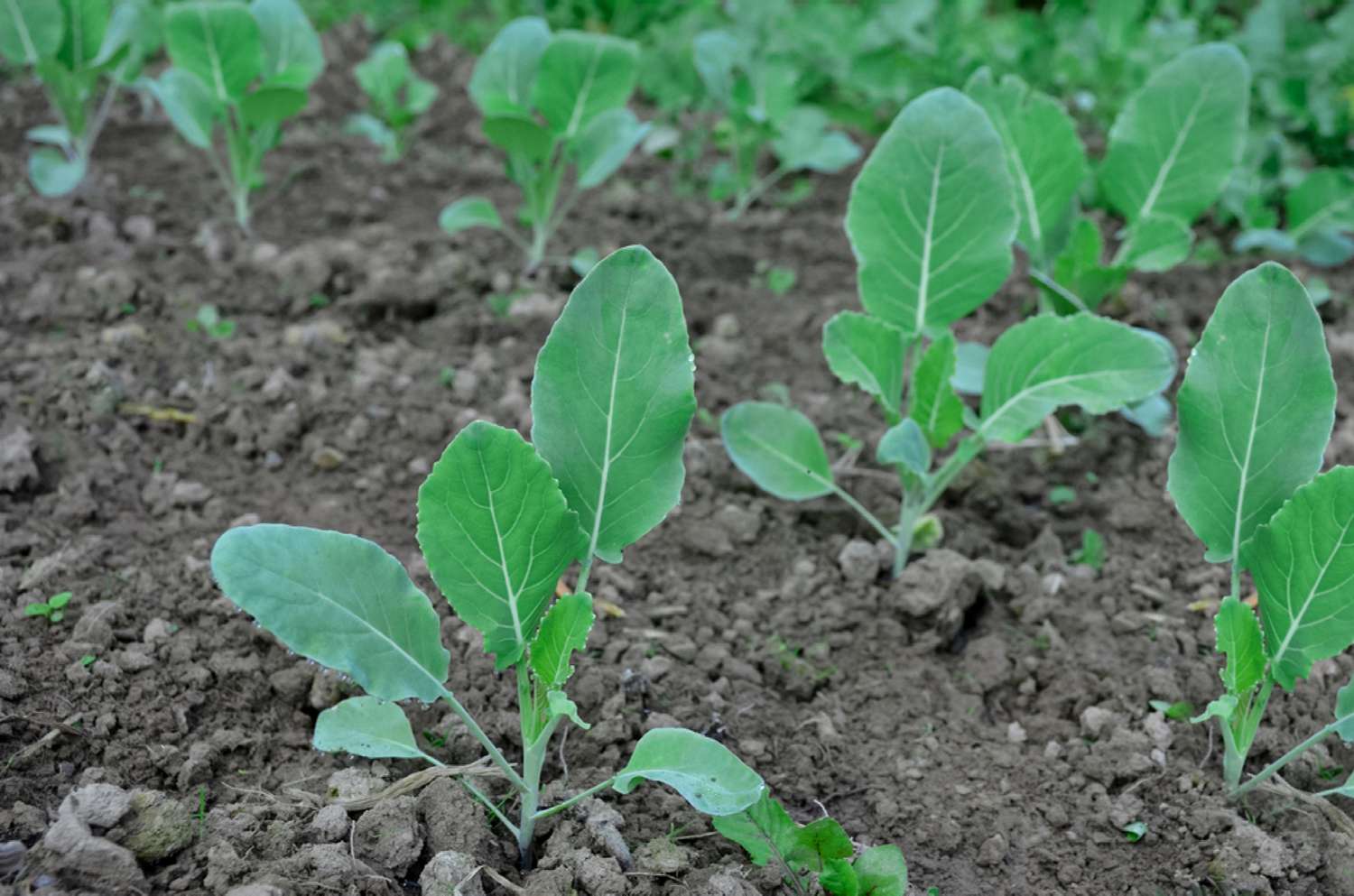
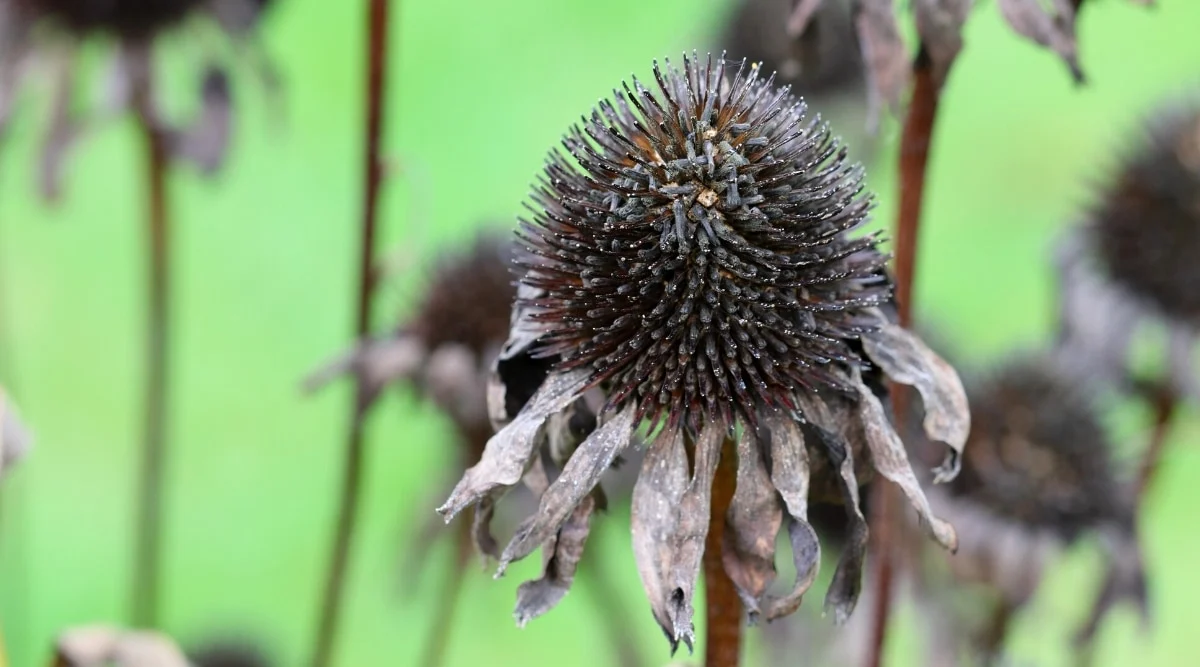
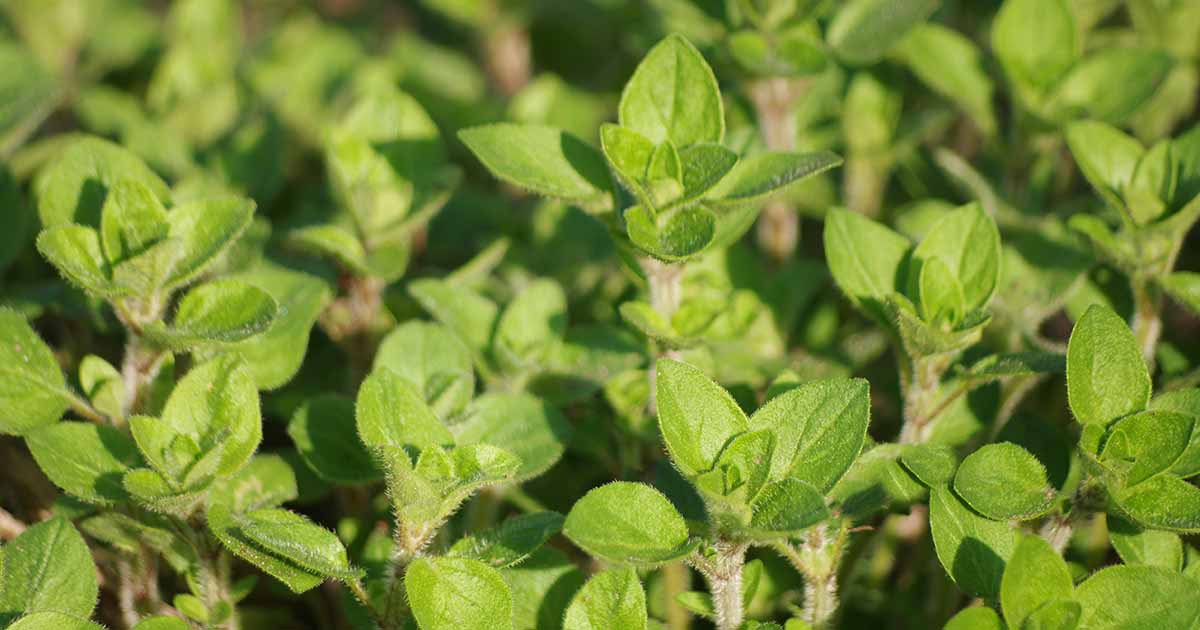
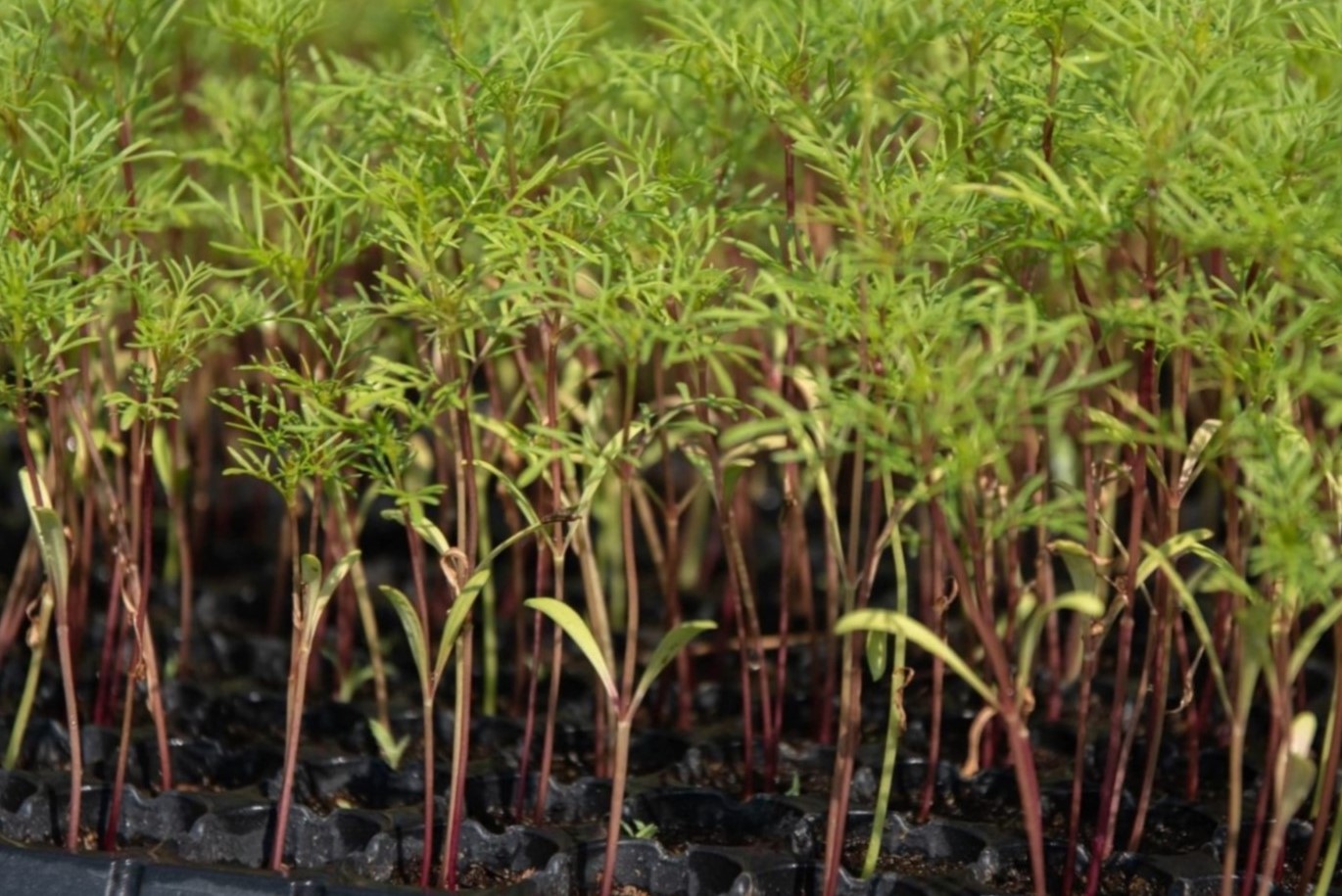
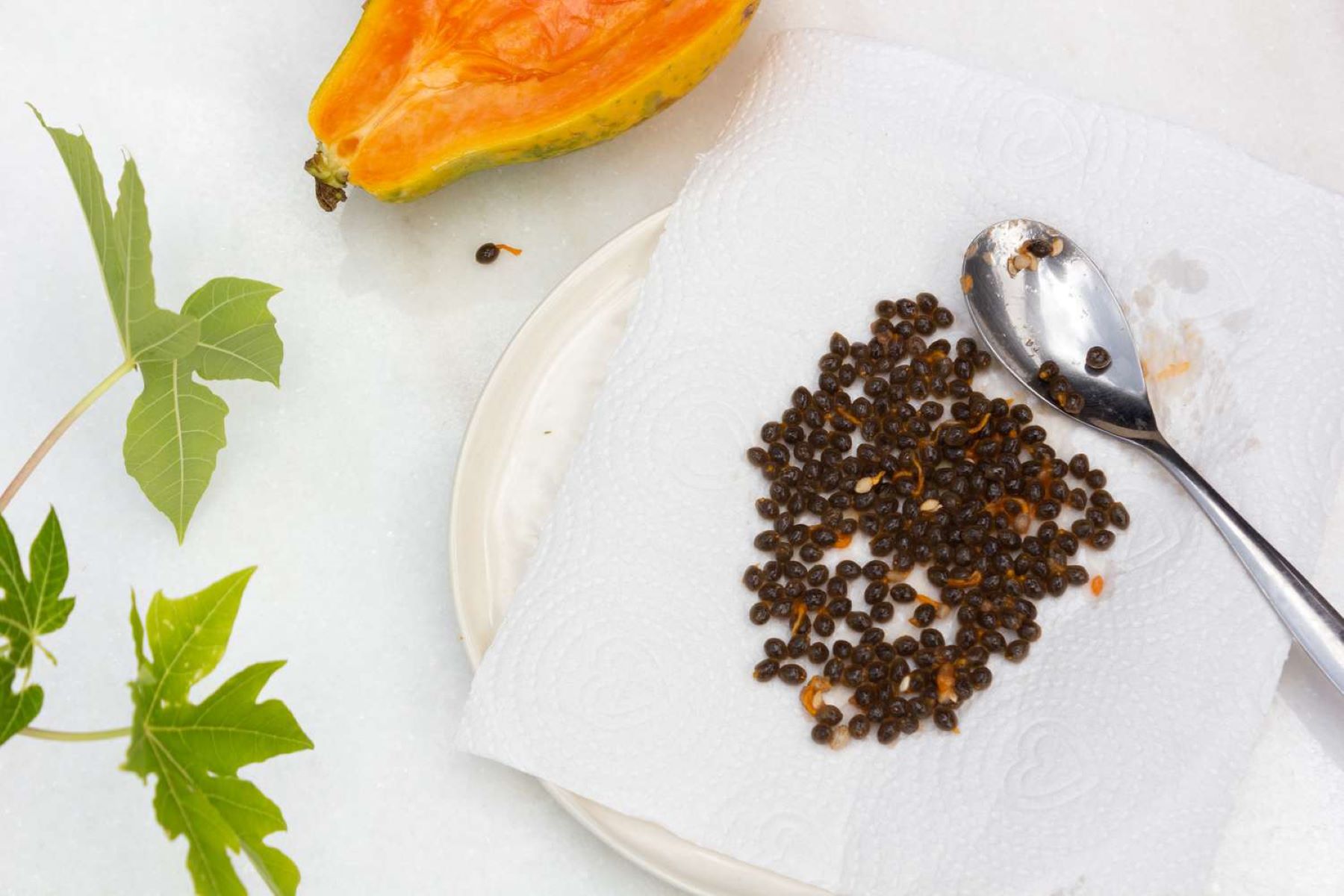
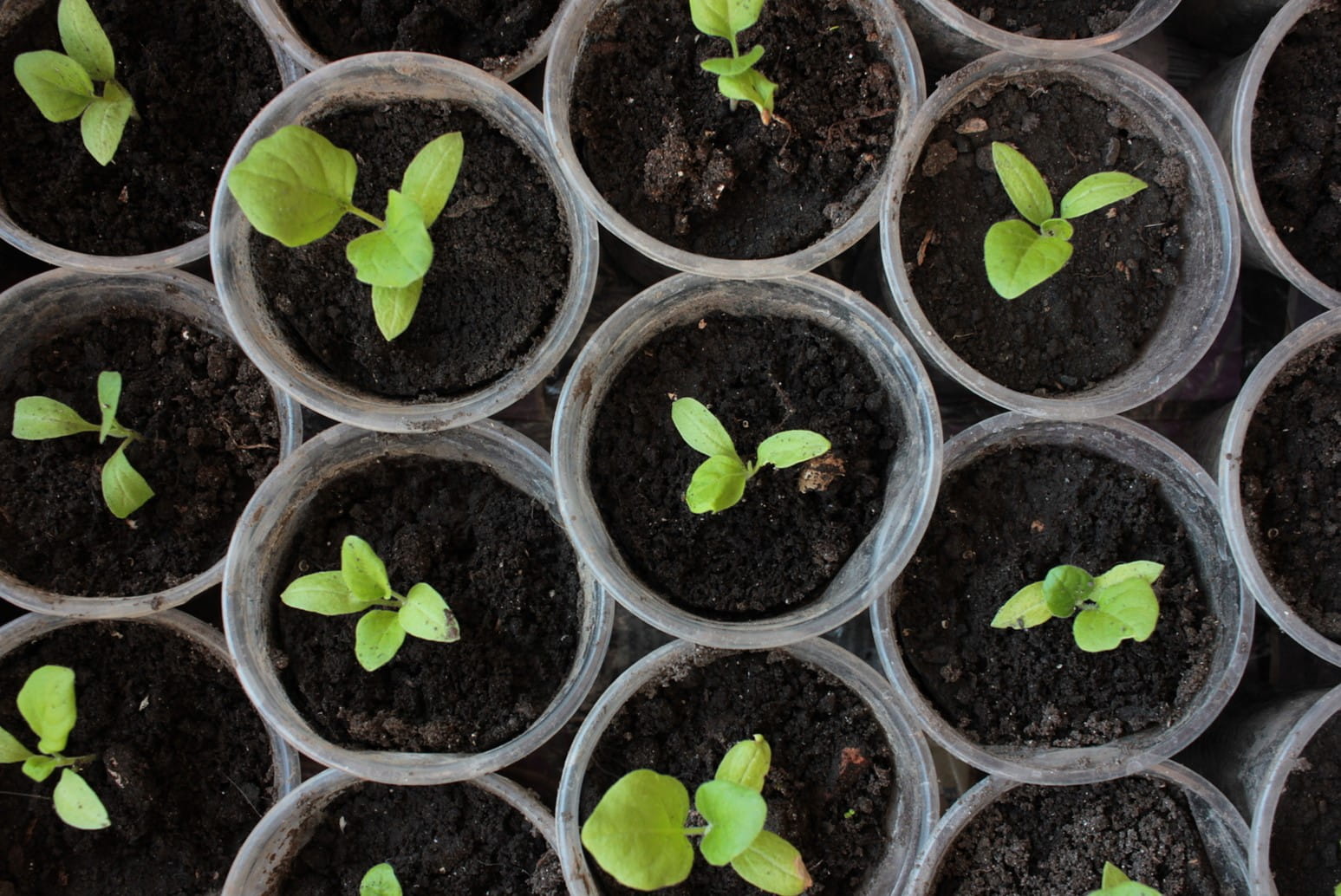
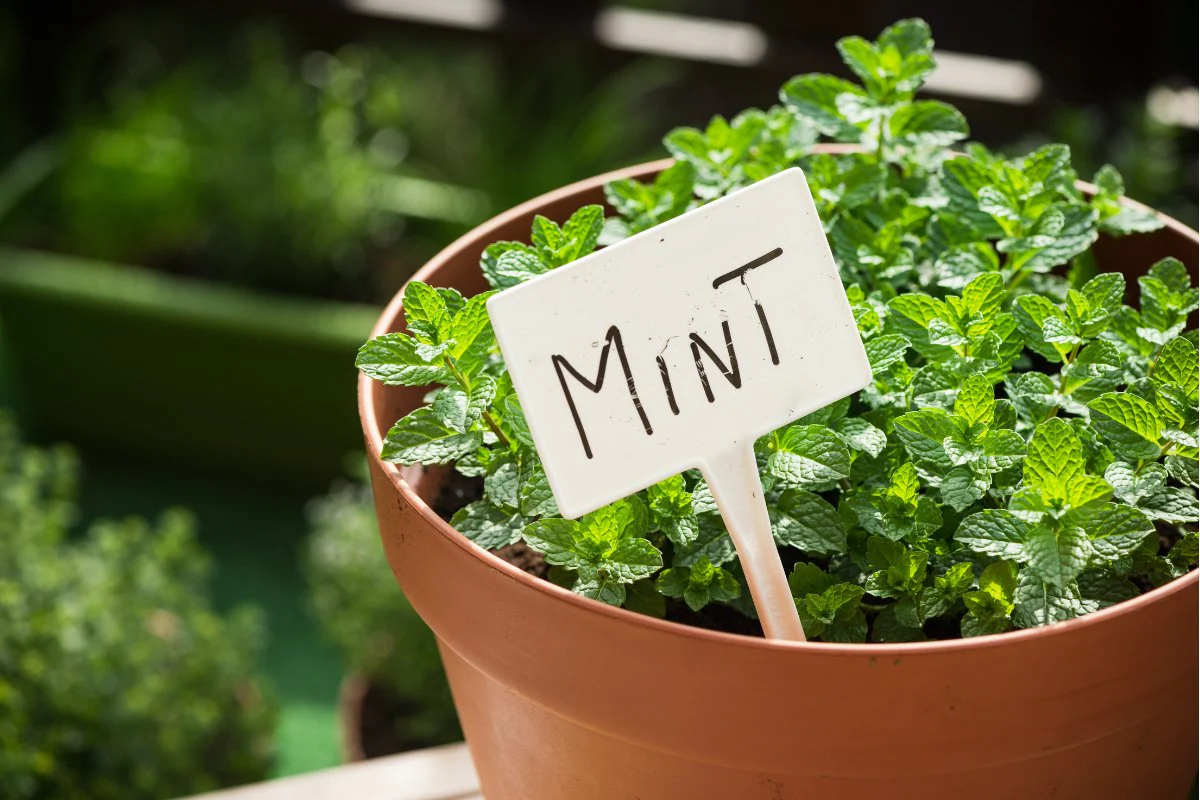
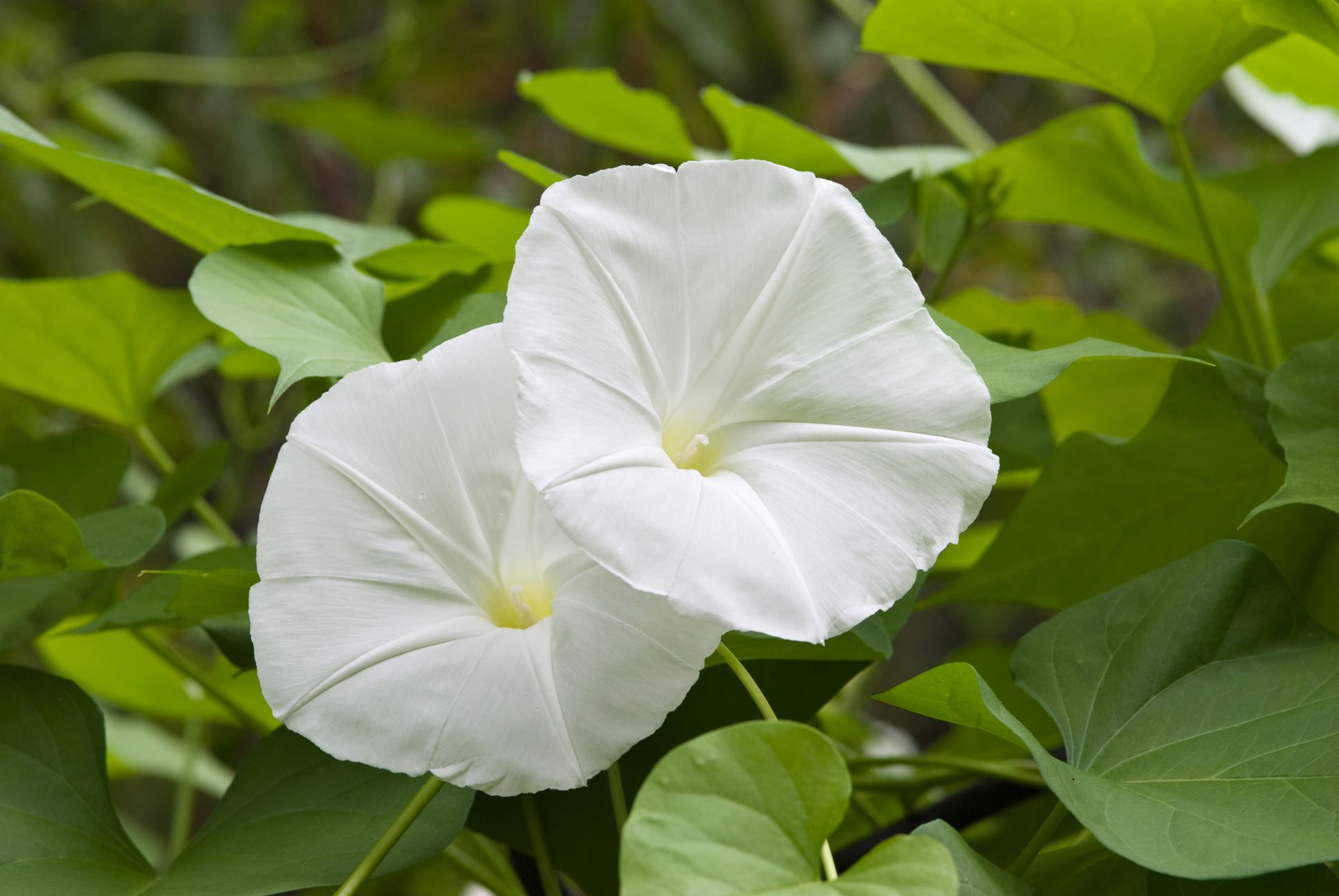
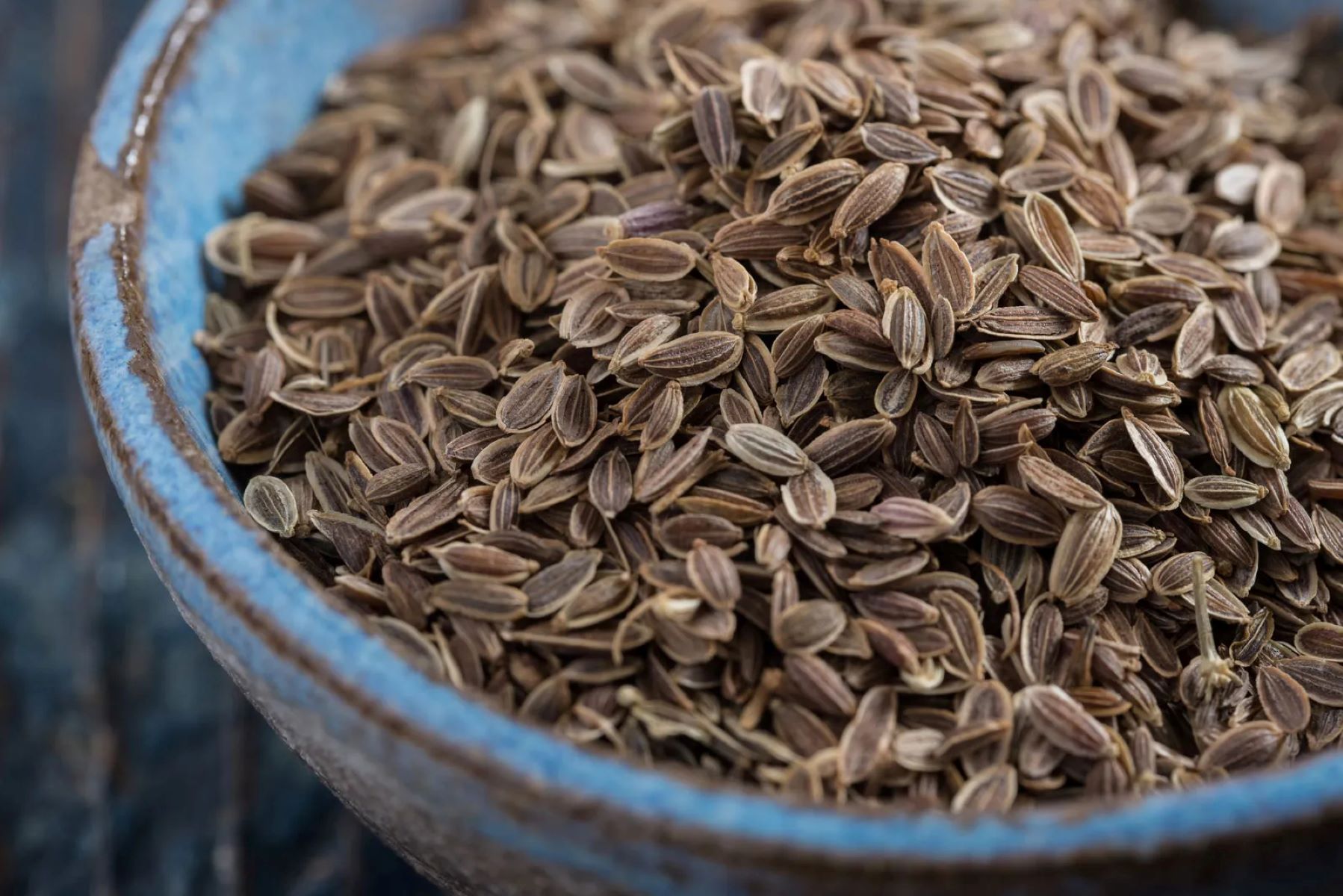
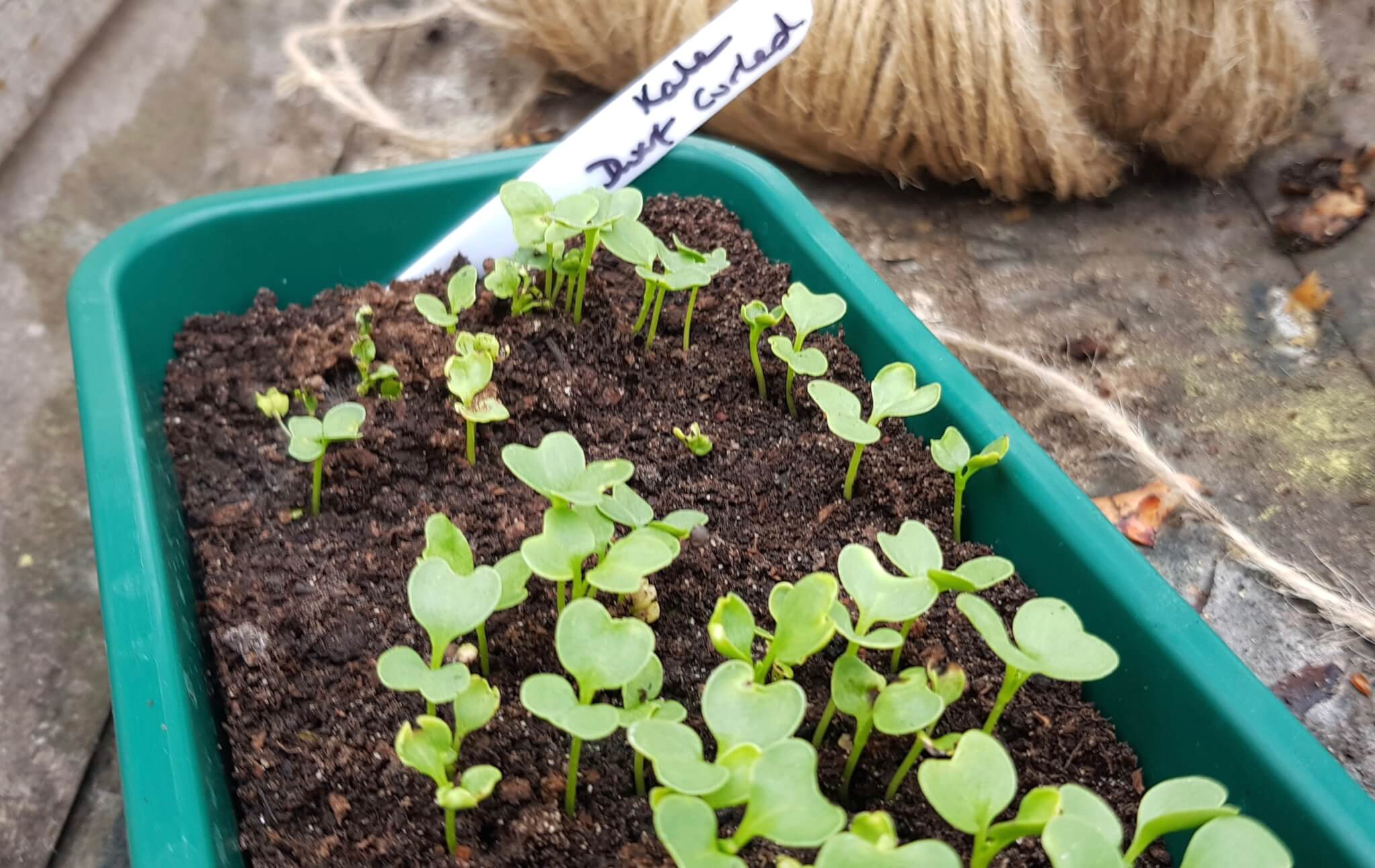
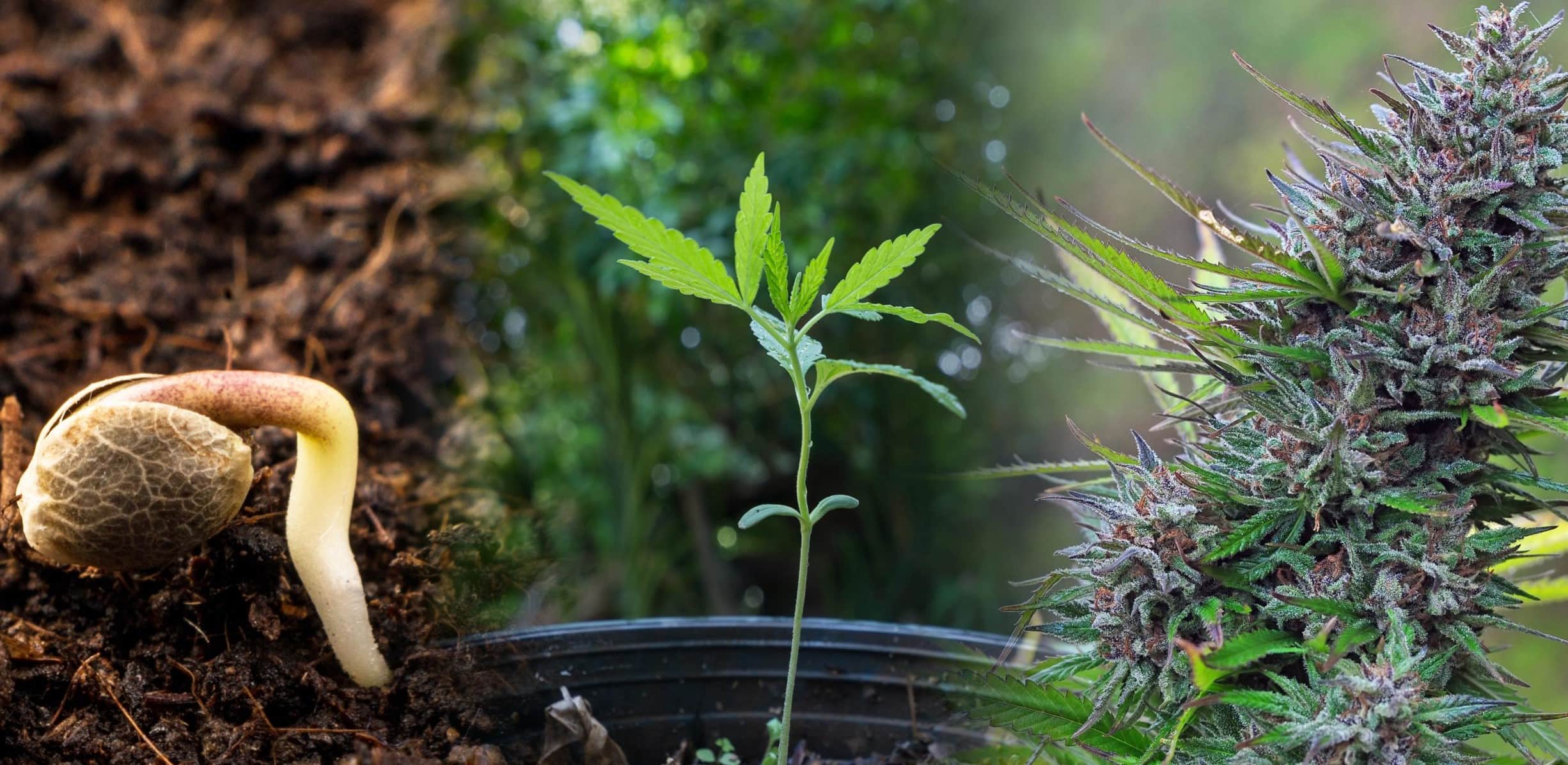
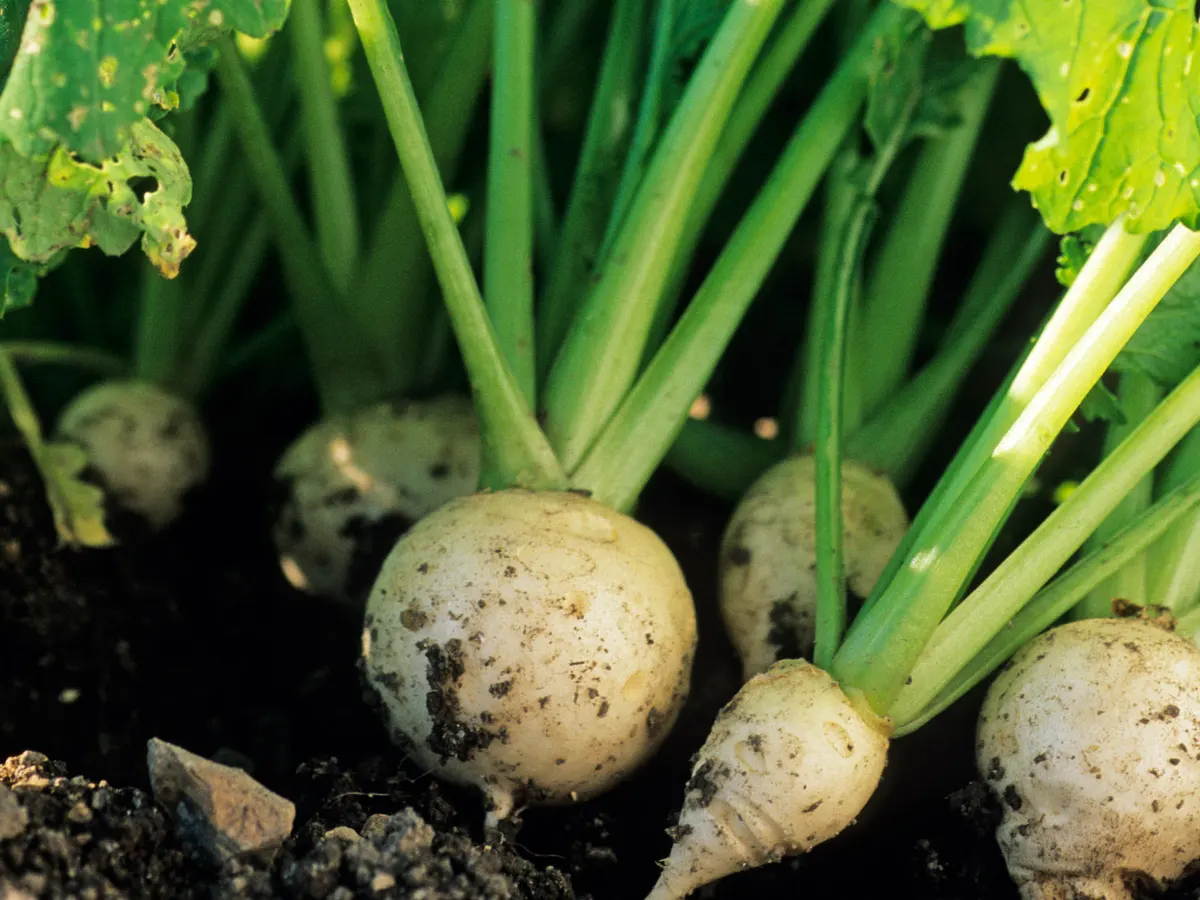
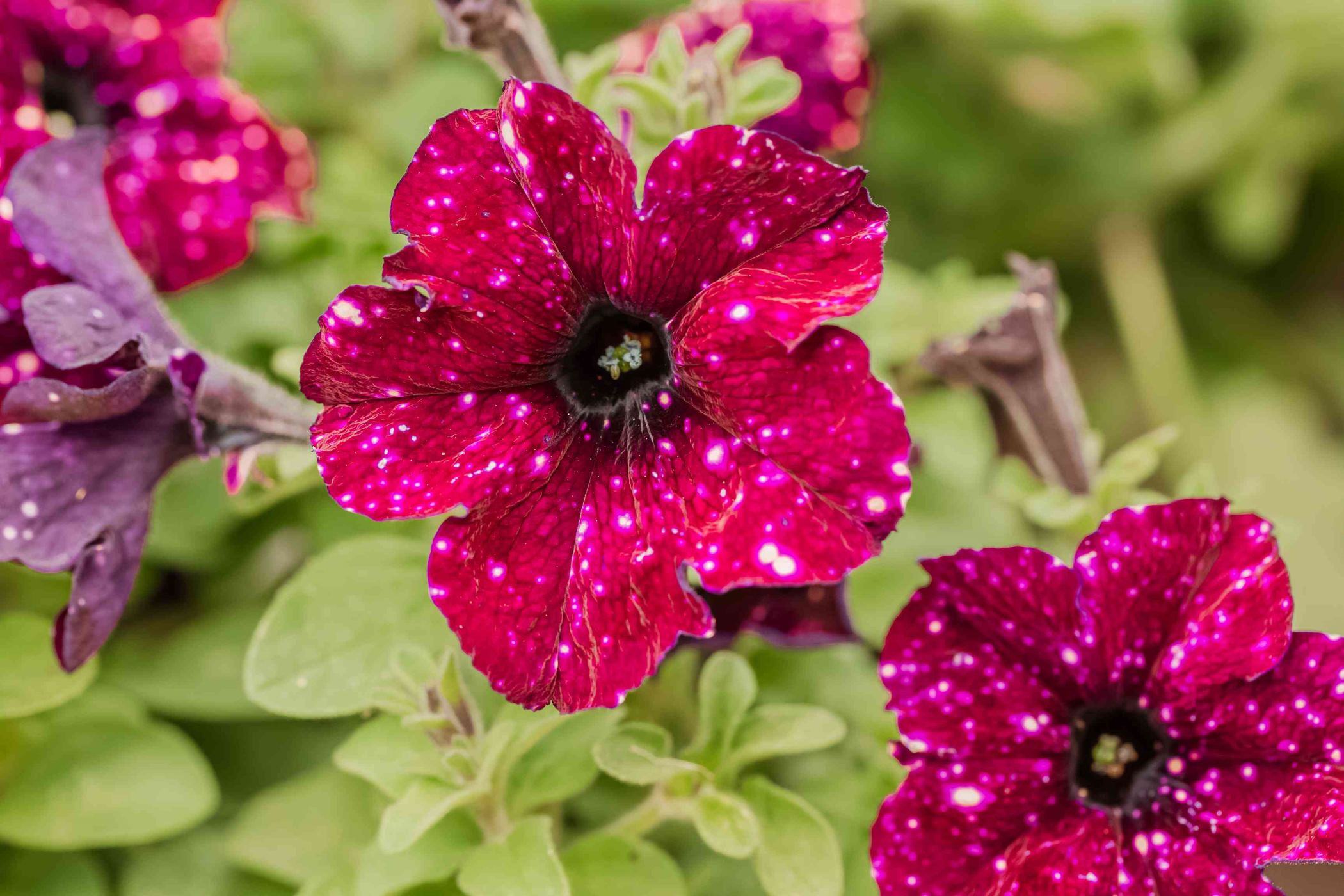
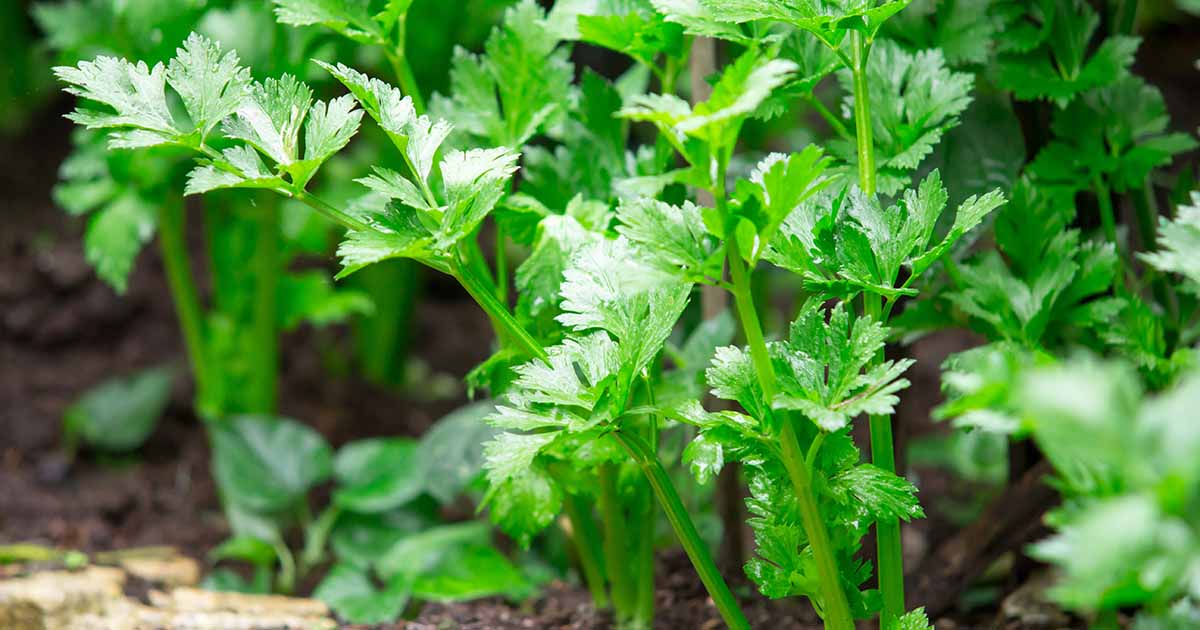

0 thoughts on “How Deep Should Seeds Be Planted”